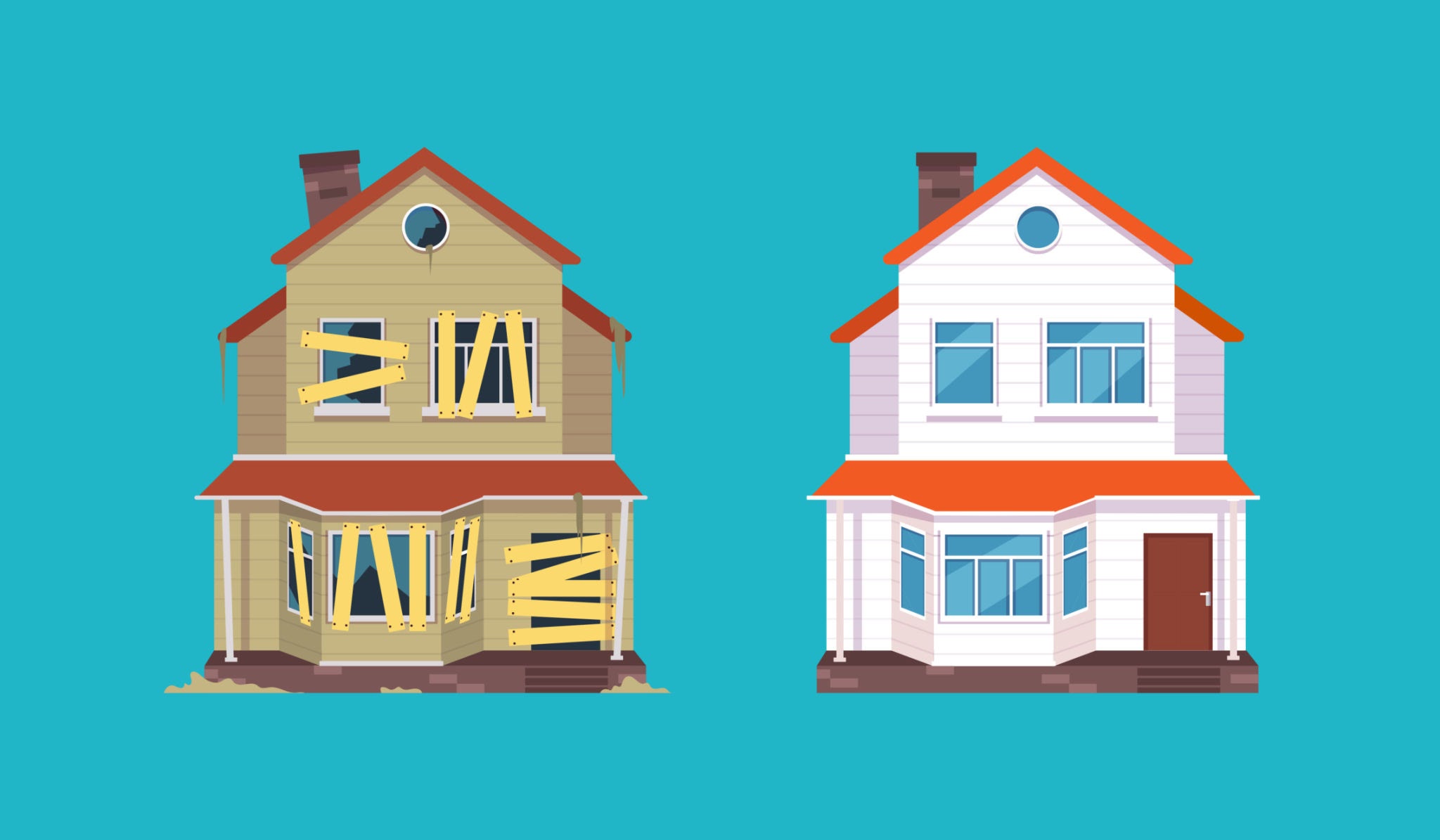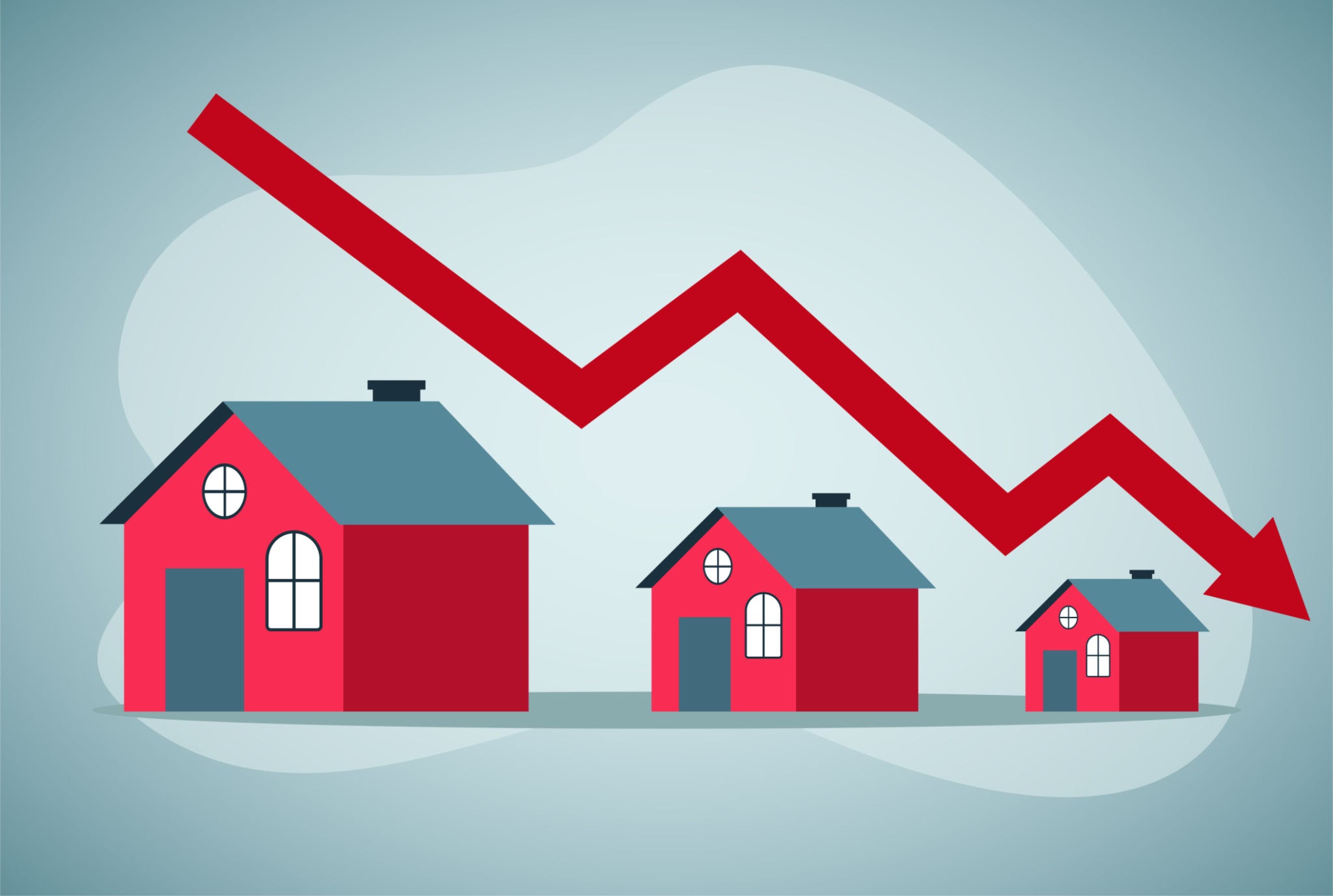
What New Investors Need to Know About Market Cycles
If you’ve been thinking about buying your first rental property or trying your first flip, you might be wondering: “Do housing markets rise and fall in a pattern?”
Quick answer: Yes. Real estate moves through repeating cycles, and understanding those cycles helps you make smarter, safer choices—especially here in Roanoke VA and the rest of Southwest Virginia.
Knowing where the market sits in the cycle can help you tell whether it’s a better time to buy, sell, hold, or wait. That’s exactly what this guide explains in simple language.
What Is a Real Estate Market Cycle?

A real estate market cycle is the natural pattern the housing market moves through over time. Most cycles include four main stages: recovery, expansion, peak, and correction. These stages repeat, although they don’t always move at the same speed.
When you understand what each stage looks like, you can spot good investment opportunities, avoid risky ones, and make decisions that fit the Roanoke Valley’s pace.
How Each Stage of the Market Cycle Works
Recovery
Recovery happens after the market slows down. Prices may stop falling, but they aren’t rising very fast yet. Homes often stay on the market longer, and buyers tend to be more cautious. This is the stage where many investors quietly find their best deals—properties that simply need updates, repairs, or better management to shine.
Expansion
During expansion, the market gets busy again. More people buy homes, prices start climbing, and rental demand gets stronger. In Roanoke Virginia, this stage often lines up with job growth from places like Carilion, Virginia Tech, and new downtown businesses. Homes sell faster, and values rise across neighborhoods like Cave Spring, Vinton, and Hollins.
Peak
The peak stage is the high point of the cycle. Prices usually reach their top level, buyers compete heavily, and inventory becomes very tight. If you've seen Roanoke homes selling within days—or getting multiple offers—you're seeing peak conditions. This stage offers good selling conditions but requires careful buying because returns can shrink quickly when prices climb too high.
Correction
A correction is not a crash—it’s simply a cooling period. Prices may level off or dip slightly, and homes stay on the market longer. Sellers become more open to negotiation. For new investors, corrections can be great times to buy because the competition eases up and there’s more room to negotiate repairs and price.
How to Tell Which Stage Roanoke Is In
Market cycles feel different in every area, and Southwest Virginia has its own rhythm. Here are four signs to watch:
Prices:
Rapid increases usually point to expansion or peak. Slow or flat increases signal recovery, while small declines mean a correction may be underway.
Inventory:
If homes are scarce, the market is likely hot. If you notice more listings sitting for longer periods, the market is cooling.
Days on Market:
Homes selling in a week? You’re in a fast-moving part of the cycle. Homes sitting 30–60 days or more? The market is shifting toward recovery or correction.
Interest Rates:
Lower rates motivate buyers; higher rates slow things down. When interest rates rise quickly, they often push the market from expansion toward correction.
These signs help investors decide whether to move quickly, negotiate harder, or take a slower approach.
Why Market Cycles Matter for New Investors

Market cycles aren’t just interesting—they directly affect your strategy. If you’re investing in Roanoke, Salem, Vinton, or Botetourt County, the cycle helps answer questions like:
Is this a better time to buy a rental or wait?
Are flips selling fast enough to justify the work?
Should you sell now or hold for another year?
For example, the expansion stage is usually a great time for flips because buyer demand is strong. The recovery or correction stages are often better for rental purchases, because prices are calmer and negotiations are easier.
How The J&D Realty Team Helps Investors Understand the Market
Because real estate markets can shift quickly, investors need clear, local information—not guesswork. The J&D Realty Team uses MLS data, neighborhood trends, and hands-on experience to explain where the Roanoke market sits in the cycle. They track inventory, days on market, price changes, and neighborhood patterns across Cave Spring, Southwest County, Salem, and Hollins.
They also help new investors run numbers, understand comps, estimate repair costs, and look ahead to how the cycle might impact future value. Their buyer and seller processes—like scheduling inspections, reviewing title info, coordinating contractors, and guiding negotiations—give investors a smoother experience from start to finish.
How Market Cycles Affect Rentals in Roanoke VA
The rental market in the Roanoke Valley stays fairly steady because of local anchors like Carilion, Virginia Tech, downtown employers, and healthcare workers coming in from across the region. However, each stage of the cycle still brings its own changes.
During expansion, rents usually rise and vacancies shrink. Tenants compete for homes in places like Vinton, Cave Spring, and near Mill Mountain. During the peak, rentals still stay full, but buying new rental properties becomes harder because purchase prices can be high.
When the market corrects, renting becomes even more common, especially for people who want to buy but feel priced out. Investors often find some of their strongest long-term rental deals during this phase. Recovery stages are good times to buy rentals as well because prices are calm but demand remains steady.
How Market Cycles Affect Flips in Southwest Virginia

Flipping homes in this area can be a smart move when you match your strategy to the cycle. Expansion tends to support quick flips because buyers want homes that are already updated. During a peak, flips still sell well, but you must buy carefully so you don’t overpay for the property.
Corrections can be tricky for flipping because buyers slow down, but they also offer opportunities to buy properties that need repairs for lower prices. For many new investors, the best plan is to buy during correction or recovery, make steady improvements, and then sell during expansion.
How New Investors Can Protect Themselves in Any Market Cycle
The first way new investors protect themselves is by running their numbers honestly. A property has to make sense now—not just in the future. Even in a strong expansion stage, you shouldn’t count on high appreciation to save a bad deal.
It also helps to stick to simple, predictable repairs when you’re starting out. Paint, flooring, basic kitchen updates, and small fixes are safer than large remodels. Another key step is learning the neighborhood. Cave Spring, Downtown Roanoke, Hollins, and Vinton all behave differently, and small details can change returns.
Finally, build a team you trust. The J&D Realty Team, along with a good lender, inspectors, and reliable contractors, gives you guidance that lines up with the steps in your buyer and seller guides—like scheduling inspections, reviewing title paperwork, and coordinating closing tasks.
Why the Roanoke Market Moves Differently Than Big Cities
Roanoke doesn’t usually swing as wildly as places like Charlotte or Northern Virginia. Our prices start lower, job markets are stable, and rental demand stays strong thanks to schools, hospitals, and steady local growth. Because of this, Southwest Virginia often has milder corrections and steadier recoveries.
This stability makes Roanoke a good market for new investors who want predictable returns without the sharp ups and downs seen in larger metros.
When Should New Investors Start?

The truth is that you don’t need a “perfect” market to begin investing. The best time to start is when you find a property that fits your numbers and your long-term goals. Market cycles help you choose the strategy, not whether you should get started at all.
Recovery is often ideal for rentals.
Expansion supports flips and rentals.
Peak is good for selling or holding.
Correction is good for buying value properties.
Once the cycle resets, the opportunities shift again—giving you new ways to grow over time.
Roanoke Area Housing Market FAQs
Q: How long does a real estate cycle last?
A: Many cycles last around 7–10 years, but local markets each have their own speed. Roanoke usually moves more steadily, which helps keep prices predictable.
Q: Do new investors need to wait for a downturn?
A: Not necessarily. Good rental deals and solid value properties exist in every part of the cycle. What matters most is buying the right home at the right price.
Q: How do I know if Roanoke is in a hot market?
A: If homes sell within days, prices climb every month, and buyers compete heavily, the market is likely in or near a peak. The J&D Realty Team tracks these trends closely.
Q: What areas around Roanoke are good for new investors?
A: Many investors start with places like Roanoke City, Vinton, Salem, Cave Spring, Hollins, and portions of Botetourt County because of steady rental demand and fair prices.
Q: Is flipping still profitable with higher interest rates?
A: Yes—if you buy right. Higher rates slow the market, which means you need accurate repair estimates, solid comps, and a clear plan for selling.
